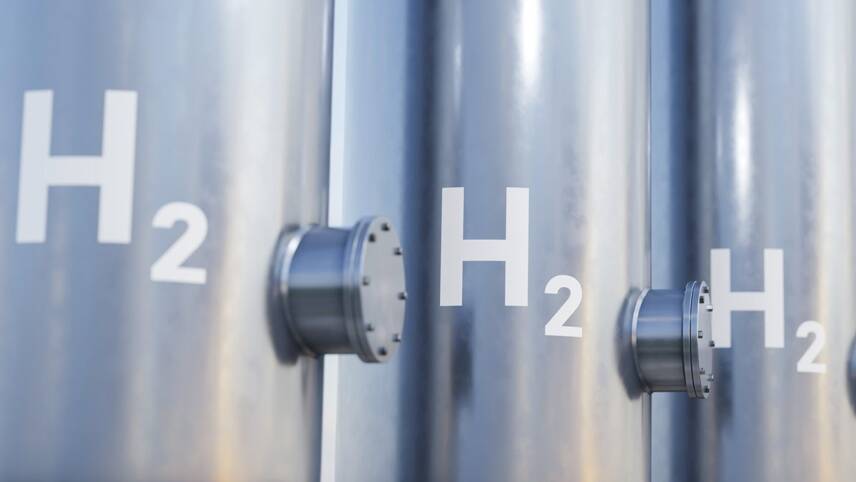Register for free and continue reading
Join our growing army of changemakers and get unlimited access to our premium content

The GHA will act as an independent business group consisting of members across key sectors and will explore how low-carbon hydrogen can be used to decarbonise areas of the economy including aviation, road haulage and power.
Business members include Airbus, Air Products, Associated British Ports, London City Airport, Tata Steel, World Kinect; as well as an advisory board including Cranfield University and the Thames Estuary Growth Board.
The GHA aims to ensure that the UK is globally competitive in the hydrogen market and that the nation does not fall behind the likes of Germany and Netherlands, which have both set out hydrogen strategies. The GHA will also explore the economic impact that green hydrogen development could have on specific regions across the UK.
A spokesperson for the GHA said: “Green hydrogen could provide a secure supply of green energy while also helping the UK in its efforts to decarbonise. We look forward to working with policymakers to ensure the country can fulfil its potential in this exciting developing technology.”
Heated debates
At the start of the year, the UK Government unveiled plans to develop a globally recognised certification scheme for low-carbon hydrogen production and generation.
The government will launch a consultation seeking industry feedback. It aims to have the certification scheme in place by 2025.
The UK is aiming to host at least 10GW of ‘low-carbon’ hydrogen production capacity by 2030. At least half of this will need to be ‘green’ hydrogen capacity. Green hydrogen is produced by electrolysing water at facilities powered using 100% renewable electricity.
However, the remaining production looks set to be predominantly “blue” hydrogen, produced by natural gas and supported by carbon capture technologies. However, the sharp increase in gas prices combined with the infancy of the carbon capture market has led some green groups to question this approach.
The debate around where hydrogen should best be used to accelerate decarbonisation and boost the UK’s economy rages on.
Gas networks and producers are keen to promote blending in heating to boost their business case. But MPs on the Science and Technology Committee warned Ministers late last year that hydrogen will likely have a “specific but limited” role in decarbonising the economy. This same conclusion has been reached by the International Renewable Energy Agency (IRENA) and think-tank E3G.


In my opinion, green hydrogen is produced not only by electrolysis of water but a massive opportunity is opening to also produce by pyrolysis of waste materials, most materials at present buried in landfills.
Search:- Nationalh2.com/perth as one example,
bosonenergy.com as another.
There has to be an original power source from which to generate the electricity for the electrolysis.
Is this to be wind, water, nuclear; what? The mention of “Renewable sources” is a bit glib, and I do not think that waste combustion alone will be sufficient, or clean enough.
For the immense scale needed, this part of the proposal is a vital element, but only has a mention; or have I just missed it?